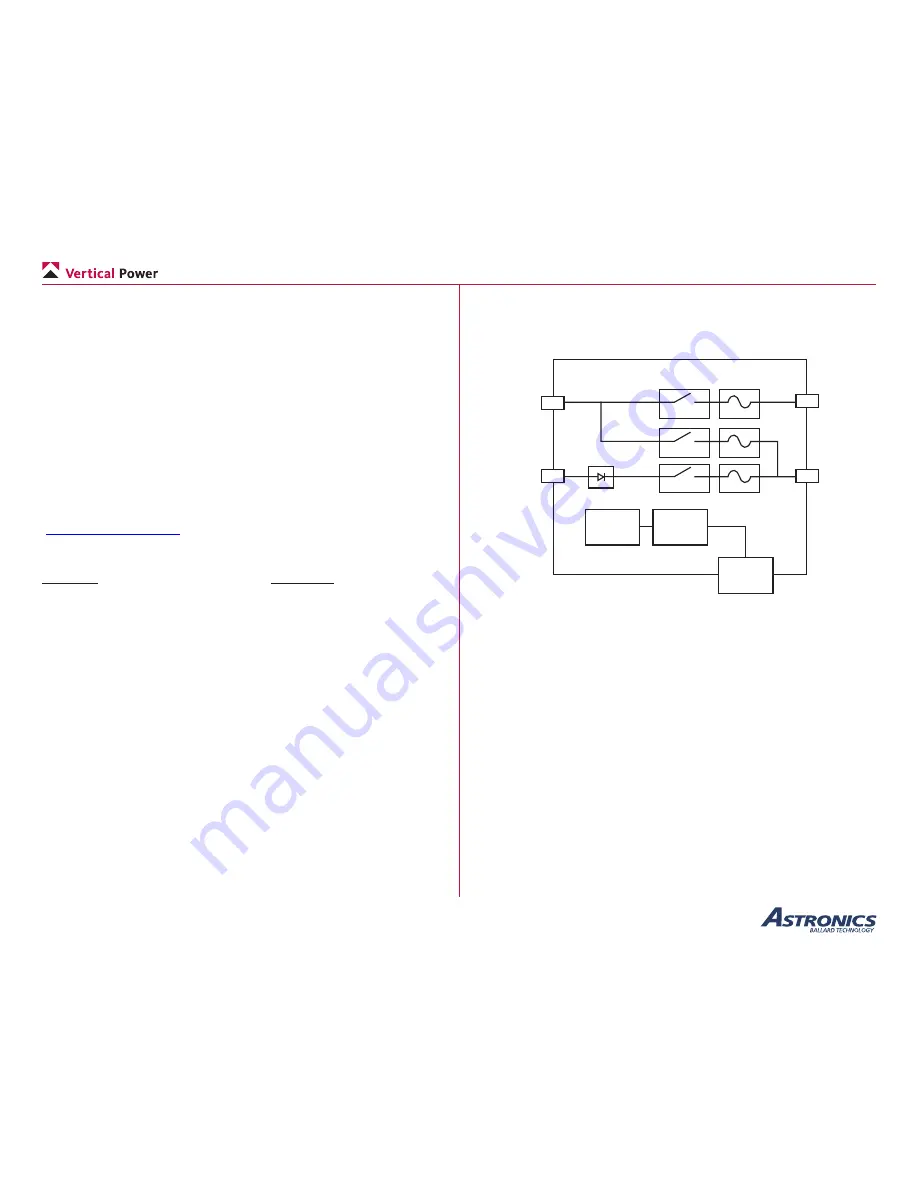
Page 2
PPS Installation and Operating Manual
Rev. C.2 (January 19, 2018)
Circuit breaker While the PPS does not use conventional circuit
breakers or fuses, the term is very common and herein
is used to mean the maximum current a circuit will
draw before faulting.
Fault
The PPS protects the alternator b-lead and main bus
wires. When a fault occurs, the PPS turn on the fault
light. You can then reset or clear the fault, similar to
resetting a circuit breaker.
1.4 Other Documentation
We provide other documents that should be used in conjunction with this
manual to help you thoroughly plan a safe and effective electrical system
for the type of mission you fly. The following documents are available on
the Documents page in the Help section of the Vertical Power web site
(
www.VerticalPower.com
), and should be reviewed in conjunction with
planning your electrical system.
Document
Description
Contactor Wiring
Overview of the different types of contactors
used in experimental aircraft, and step by
step instructions how to wire them properly.
Device Amps
This document lists the electrical current
draw of many popular radios, GPS moving
maps, EFIS displays, lights, and other
avionics. We maintain it, but contributions
come from builders.
Top 10 Wiring Mistakes
A free, 12-page paper describing the most
common wiring mistakes and how to get
started wiring your aircraft.
Additional documentation may also be available on the web site.
2. Operation
The functional block diagram of the PPS is shown below. The following
sections explain in detail how each functional block of the PPS operates.
28-pin
Circular
Connector
Power
Supply
300 A
80 A
80 A
Reverse
Protection
Fault
Detection/
Control
Main
Bus
Out
or Main
Power
Starter
Out
Alt 1 & 2
B-Lead
In
Main
Battery
The Functional Block Diagram of the PPS
2.1 Main Bus Contactor
The main bus contactor allows current to flow to/from the main battery to
the main power bus. This allows the battery to provide power to the main
power bus loads and battery charging once the alternator is powering the
main bus.
For the contactor to be closed, the master switch (MASTER) must be
closed, the main battery (BATT DIST EN) must be enabled, and there
must not be an active fault.
The main bus contactor will latch open and indicate a fault (BATT DIST
FAULT) if the slow-trip current or the instantaneous maximum current of
320 amps is exceeded. The slow-trip current emulates the trip curve for a
standard 80 amp slow-blow fuse.
The main bus contactor fault may be reset by either toggling the main
battery (BATT DIST EN) or master switch (MASTER).





















